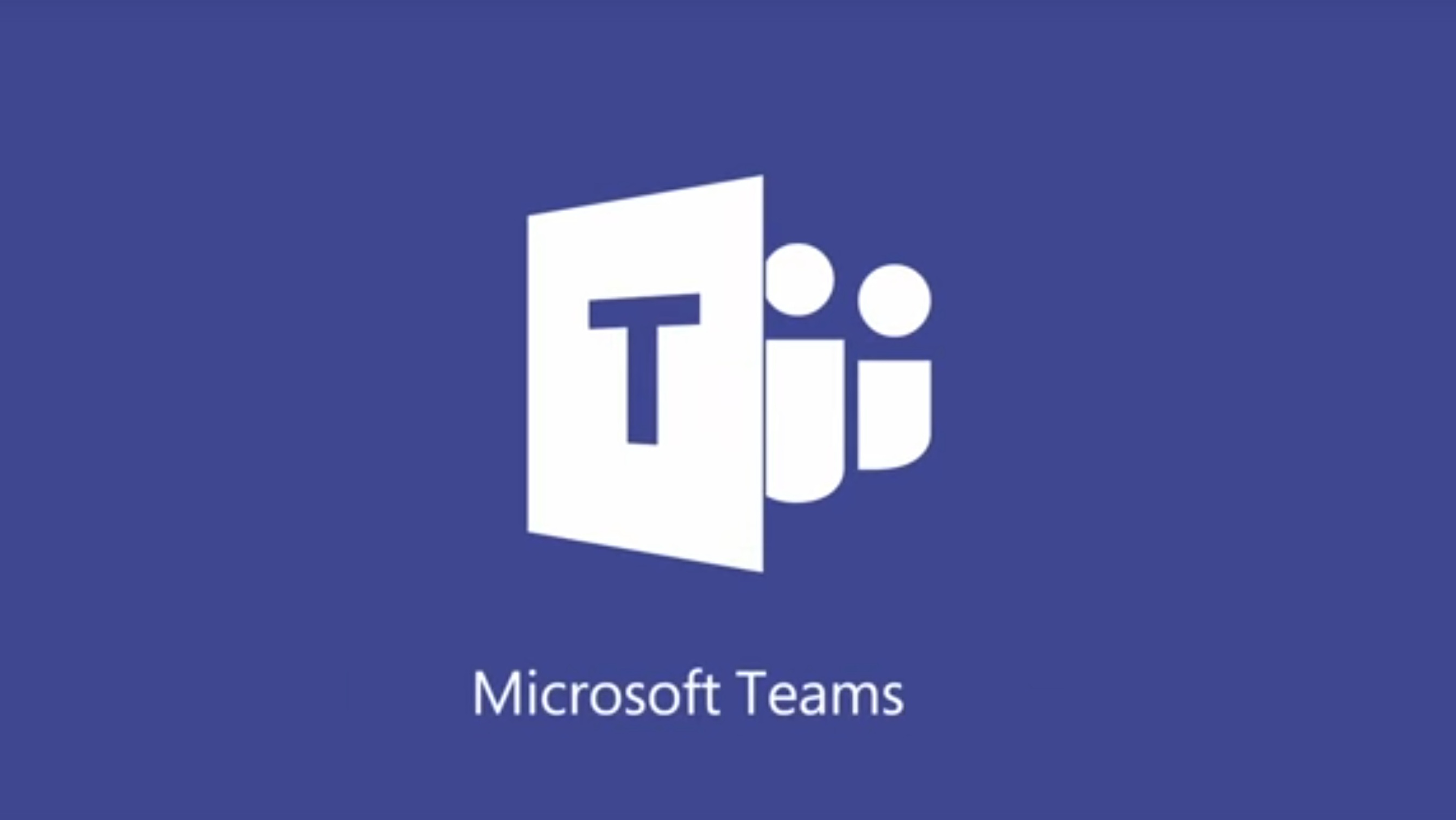What Amazon is doing with AWS and what Facebook is doing with its main Facebook social platform is exactly what Microsoft is doing with Office 365. The one common thread that connects all the three companies is their relentless effort to keep launching more features and services to the product which they all believe as their strongest point.
Microsoft has upped its ante when it comes to Office 365 and its focus on products that can improve office productivity. Earlier this month, Microsoft unveiled Microsoft Teams, a new chat-based workspace that improves the collaboration capabilities of Microsoft Office 365 and directly competes with the Slack app.
Chat has become an integral part of work life. Gone are the days when we used to pick up the phone to talk to our colleagues in another part of the room, office or world. Emails are effective, but if we want a quick answer to something and we know that the other person is online, chat is by far the fastest way to communicate.
The best part about Microsoft Teams is that it allows people to start voice and video meetings while sifting through Microsoft Office documents, and it happens inside the Microsoft Teams experience. It’s much like having a chat box within a word document or your Excel file so that you can connect with someone when you need to – instantly.
The problem with the old Microsoft was that each of their products behaved like a different company, barely helping each other. But now, that’s changed, and we can see how the strength of one product is being used to amplify the strength of another. Office 365 is obviously a product made for use in an office setting, while Skype was the platform of choice for voice and video calls – each being a terrific product in its own right. But until now, there has been a massive disconnect between the capabilities of both products.
In September, there was talk about Microsoft developing added functionality within Skype to enable team collaboration, and it was to be called Skype Teams. However, they took a different direction and named it Microsoft Teams. It’s a subtle change on the surface, but it has tremendous branding implications. That means it is not an improvement over Skype but rather a completely new utility that is essentially a Unified Communications (UC) platform.
What it does is to merge and marry the best of Office with the best of Skype, essentially giving rise to a new UC platform that uses both these popular applications as a starting point.
So how does Microsoft Teams tie in with the big push into the enterprise segment?
Office products are already the lynchpin of productivity tools across many organizations around the world, but the problem is that many companies – like banks, for example – are already using Microsoft Office but not Office 365, as they are not yet ready to take the cloud plunge. There are still large segments of users who are sitting on the fence about moving to Office 365, but the more services Microsoft is able to integrate and make interoperable, the more that resistance will gradually be broken down – literally one service at a time – and that’s the whole purpose of Microsoft Teams.
That’s the difference Microsoft is now bringing into its product strategy. It’s not about this or that product and how great each one is on its own, but rather about how big a problem can it solve for its customers. We can expect them to keep adding to this growing pile of well-integrated but vastly different products over time, and this now seems to be their secret recipe to get themselves into every corporate office in the world.
The old Microsoft wanted to get a PC in every home. The new one wants to get every possible product into every possible company. Their stated direction might be “mobile first, cloud first”, but the one they’re actually taking seems to have been extended to “enterprise first, consumers first, cloud delivery first, mobility first.” Nothing gets pushed to second place.
Thanks for reading our work! Please bookmark 1redDrop.com to keep tabs on the hottest, most happening tech and business news from around the world. On Apple News, please favorite the 1redDrop channel to get us in your news feed.



